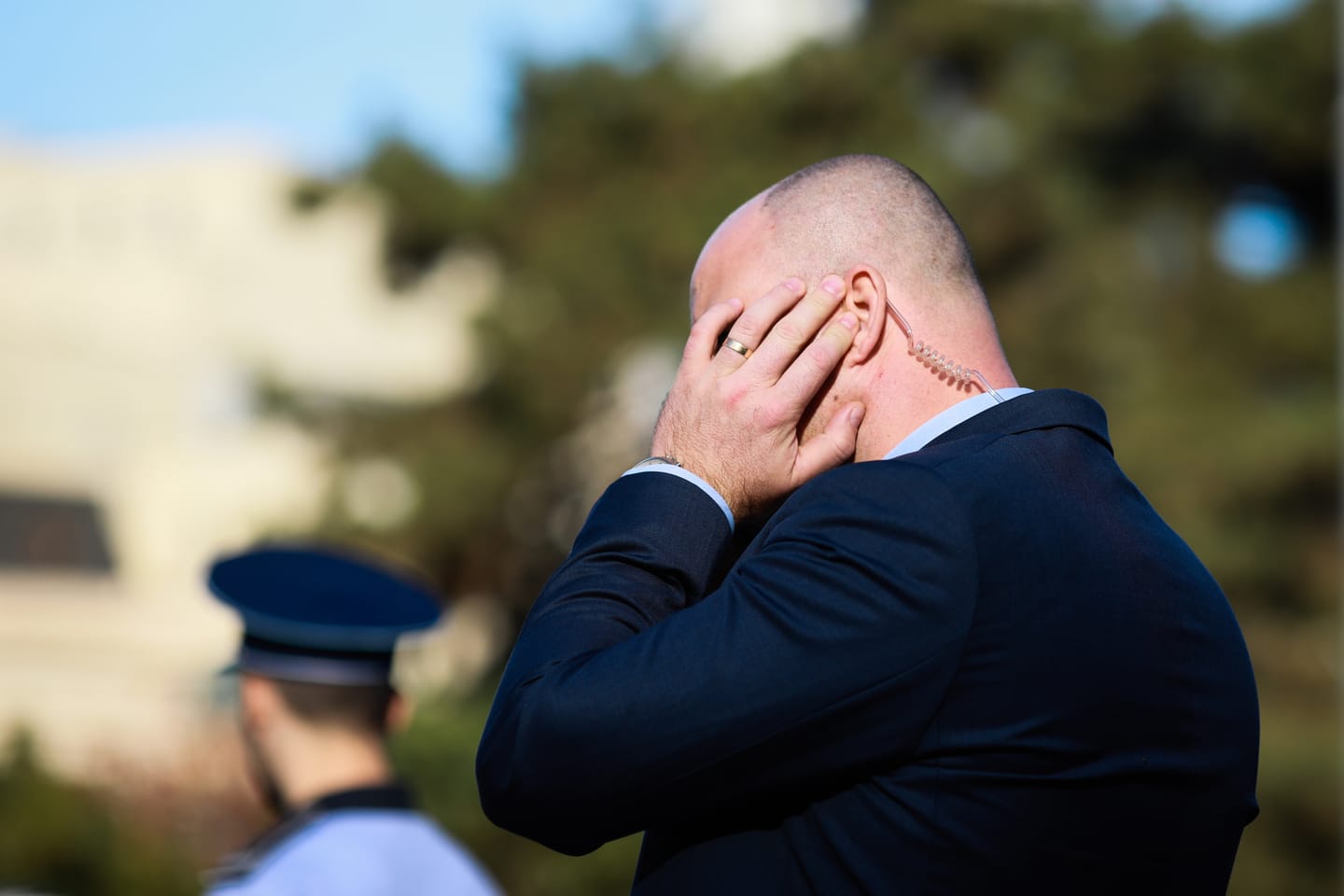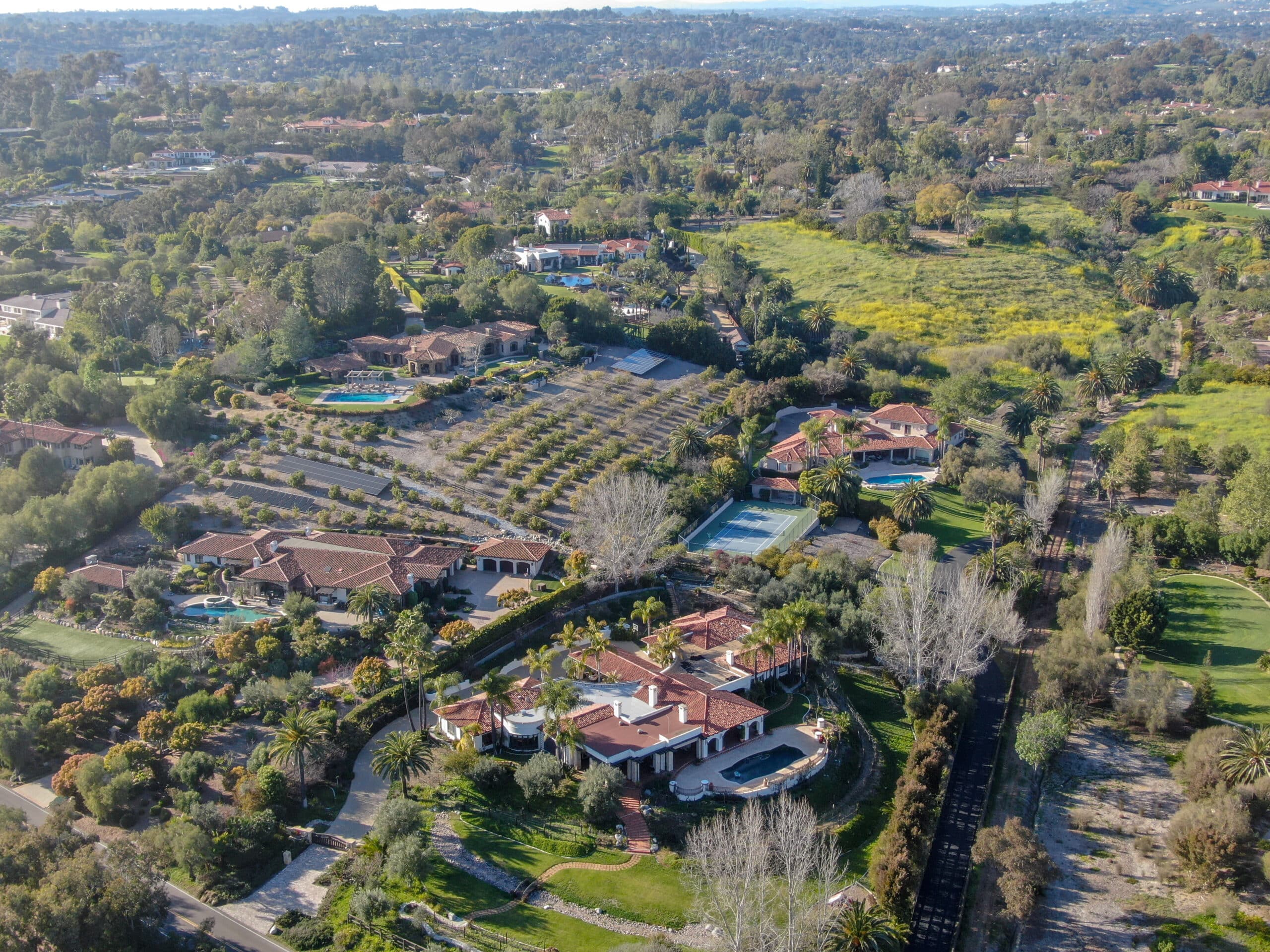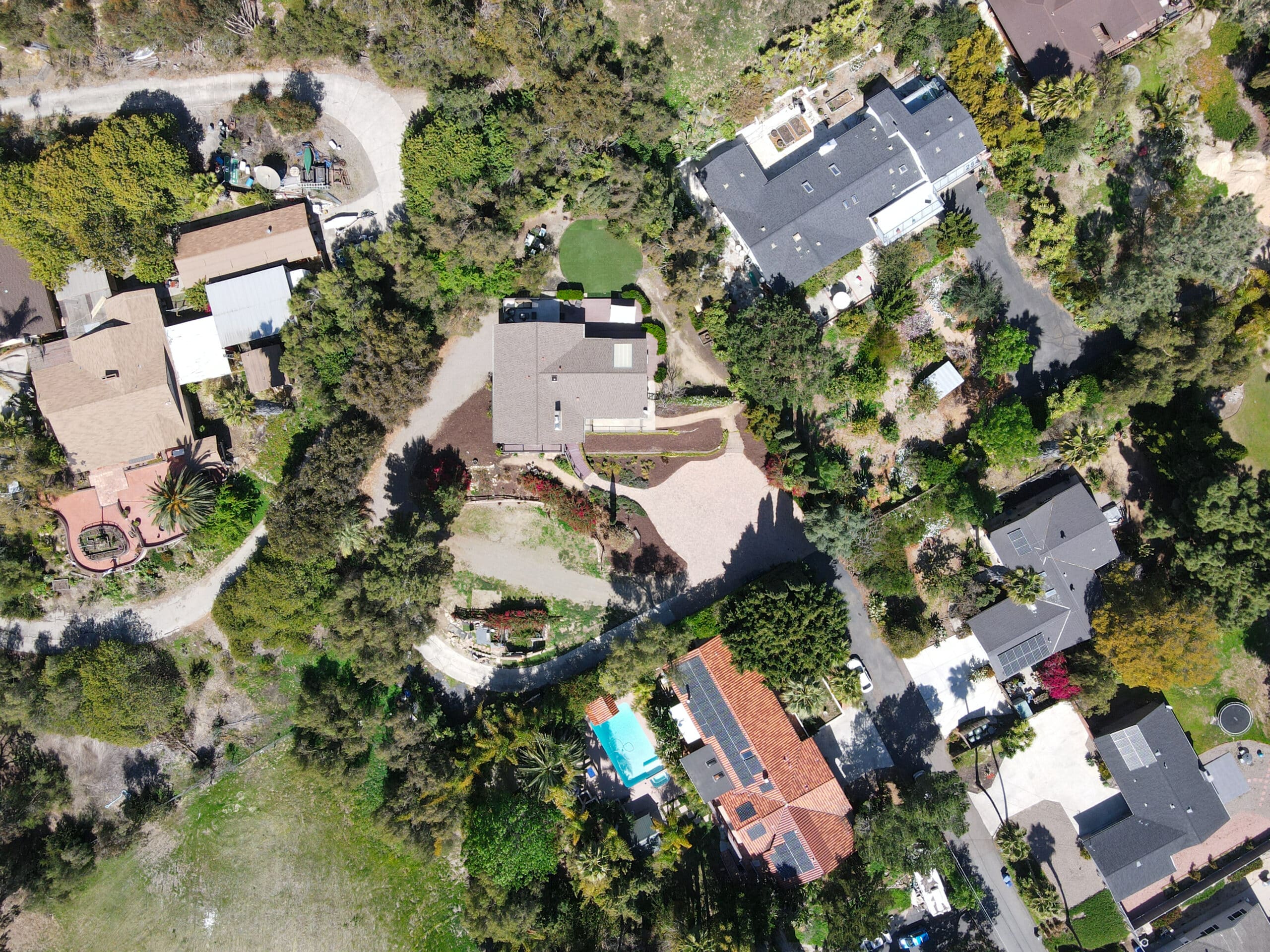Estimated reading time: 10 minutes
Table of contents
In the intricate world of executive protection, the confluence of privacy and security presents one of the most challenging paradoxes. This article delves into the sophisticated realm of balancing these two pivotal elements in protective services. It is a field where the stakes are high, and the margin for error is minimal. In a world where threats are increasingly complex and unpredictable, executive protection professionals are tasked with safeguarding individuals whose profiles demand stringent security and a high degree of personal discretion.
This discourse explores the various dimensions of this balance, examining the ethical boundaries, legal considerations, and strategic methodologies employed to achieve a harmonious equilibrium. From covert security measures to the nuanced use of human intelligence and protective surveillance, we navigate the labyrinth of keeping high-profile individuals safe while respecting their right to privacy.
This article is designed as a comprehensive guide for security professionals, offering in-depth insights into the art of blending robust security protocols with the subtlety required to maintain privacy and normalcy in the lives of those under protection.
Understanding the Privacy-Security Balance in Executive Protection
The Conceptual Framework of Privacy and Security in Protection Services
The delicate equilibrium between privacy and security in executive protection is a nuanced and multifaceted concept. It involves ensuring the safety and well-being of individuals under protection while respecting their personal boundaries and privacy rights. This balance is not merely a choice but a strategic necessity in executive protection services. Security measures must be effective without being intrusive, crafted in a way that they blend seamlessly into the personal and professional life of the individual.
Understanding this balance begins with recognizing privacy and security’s distinct yet overlapping nature. Privacy in this context refers to the right of individuals to maintain control over their personal information and their freedom from unnecessary surveillance or intrusion. On the other hand, security focuses on safeguarding individuals from potential threats, including physical harm, information breaches, and unwanted public exposure. The challenge lies in implementing security protocols that are robust enough to mitigate risks while being discreet enough to preserve the individual’s sense of autonomy and privacy.
Ethical Considerations in Executive Protection
Ethical considerations are pivotal in balancing privacy and security in executive protection. Protecting an individual often requires access to their personal information, close physical proximity, and, sometimes, insight into their private affairs. Security professionals must navigate this landscape with a solid moral compass guided by principles of respect, integrity, and professionalism.
The ethical framework in executive protection revolves around consent, confidentiality, and the least invasive method principle. Consent ensures the protected individual knows and agrees to the implemented security measures. Confidentiality is paramount; personal information and observations during protection must be guarded with the utmost discretion.
The principle of the least invasive method dictates that security measures should not be more intrusive than necessary. This approach requires a continuous evaluation of threats and a proportional response that respects the individual’s privacy while ensuring their safety.
Legal Implications and Privacy Laws
Legal considerations are integral to the privacy-security balance in executive protection. Various laws and regulations govern how much security measures affect an individual’s privacy. These laws differ significantly across jurisdictions but aim to protect individuals from unreasonable search and seizure, unauthorized surveillance, and the misuse of personal information.
Understanding and adhering to these legal frameworks is crucial for executive protection professionals. This includes knowledge of data protection, surveillance, and personal security laws. In some regions, specific laws dictate the use of certain surveillance technologies or the handling of personal data. Compliance with these laws ensures legal protection for the individual and the security team and enhances the security services’ ethical standing.
Strategies for Low-Profile, High-Efficiency Protection

Incorporating Covert Security Measures
In executive protection, covert security measures are essential for maintaining a low profile while ensuring high-level security. These measures are designed to be inconspicuous, blending into the background of the protected individual’s daily activities. Covert security involves a range of tactics and technologies. It includes using unmarked vehicles, plainclothes security personnel, and discreet communication systems.
Surveillance techniques in this realm are often subtle, utilizing advanced technology to monitor surroundings without drawing attention. For instance, miniaturized cameras and audio devices enable security teams to keep a watchful eye while remaining hidden from public view. Additionally, digital security measures, such as encrypted communications and cybersecurity protocols, are vital in safeguarding information without overt signs of security presence. The effectiveness of covert security lies in its ability to provide a shield of protection that is felt but not seen, allowing individuals to carry on with their lives with minimal disruption.
Advanced Risk Assessment and Management
Effective low-profile protection heavily relies on advanced risk assessment and management. This involves thoroughly analyzing potential threats and vulnerabilities associated with the individual’s lifestyle, work, and public exposure. Risk assessment in executive protection is dynamic, requiring constant updates and adjustments based on changing circumstances. It includes evaluating the likelihood and impact of various threats, from physical attacks to privacy breaches.
Based on this assessment, a tailored security strategy is developed, focusing on preemptive measures and rapid response capabilities. Risk management in this context also involves contingency planning, ensuring well-defined protocols for various emergency scenarios. This proactive approach enhances security and minimizes the need for overt protective measures, thereby maintaining a low profile. By anticipating and mitigating risks, executive protection services can provide effective security discreetly, ensuring that the individual’s privacy and normalcy of life are preserved.
Utilizing Technology for Discreet Surveillance and Protection
Technology is critical in balancing privacy and security in executive protection, especially in implementing discreet surveillance and protection measures. Modern technology offers various tools to enhance security while maintaining a low profile. These include sophisticated surveillance systems, like high-resolution cameras with facial recognition capabilities and drones for aerial monitoring, which can be deployed strategically to monitor environments without being obtrusive.
Additionally, GPS tracking devices and biometric security systems provide layers of security without the constant physical presence of security personnel. Wearable technology provides discreet protection, such as smartwatches with emergency alerts and health monitoring. Furthermore, cybersecurity tools are crucial in safeguarding digital communications and personal data.
Encryption, secure networks, and advanced threat detection systems ensure that confidential information remains protected from cyber threats. By leveraging these technological advancements, executive protection services can create a security envelope that is both effective and unobtrusive, ensuring safety without compromising privacy.
The Role of Human Intelligence in Executive Protection
Importance of Situational Awareness
Situational awareness is a cornerstone of effective executive protection, especially in balancing privacy and security. It involves the conscious observation and interpretation of the environment to identify potential threats or unusual activities. Security personnel must read situations, understand social dynamics, and anticipate problems before they escalate. This skill is honed through training and experience, enabling agents to detect subtle signs of danger, such as unusual behavior patterns, suspicious vehicles, or potential surveillance.
Situational awareness extends beyond physical observation; it includes staying informed about local, national, and global events that could impact the security of the protected individual. By maintaining high situational awareness, executive protection agents can take preemptive measures to neutralize threats, often without overt security actions, thus maintaining the individual’s privacy and regular routine.
Building a Network of Informants and Contacts
Building a network of informants and contacts is an invaluable strategy for enhancing security discreetly in executive protection. This network can include a variety of sources, such as local law enforcement, private security professionals, event organizers, and even discreet informants in crucial locations. These contacts provide critical insights and information that might not be accessible through standard security protocols.
They can offer advance warnings about potential disruptions, share intelligence on local threats, and provide on-the-ground support in unfamiliar environments. This network becomes crucial in international settings, where local knowledge and connections can significantly enhance security effectiveness. By cultivating these relationships, executive protection teams can better understand the environment, anticipate security challenges, and respond more effectively to emerging situations while maintaining a low profile.
Leveraging Psychological Profiling and Behavior Analysis
Psychological profiling and behavior analysis are powerful tools in the executive protection arsenal, particularly for discreetly identifying and mitigating potential threats. Security teams trained in these techniques can assess the behavior of individuals around the protected person, identifying signs of potential hostility, stress, or deception. This involves analyzing body language, facial expressions, speech patterns, and other behavioral cues.
Psychological profiling extends to understanding the mindset of potential aggressors, which aids in anticipating their actions and motives. This knowledge enables security teams to implement tailored strategies to diffuse situations before they escalate. Furthermore, understanding the psychology of the individual being protected is equally important.
It helps customize security measures to their comfort levels, ensuring the protective measures are effective without being overly restrictive or invasive. By integrating psychological insights into their strategies, executive protection teams can enhance their ability to protect their clients subtly and efficiently.
Integrating Protective Surveillance in Executive Protection

Fundamentals of Protective Surveillance
Protective surveillance is critical in executive protection, particularly in balancing security with privacy. It refers to the covert monitoring of an individual or environment to detect and deter potential threats without alerting the subject or the public. This approach is less intrusive than traditional bodyguard-style protection and is often used when overt security is counterproductive.
Protective surveillance involves a team of highly trained operatives who blend into the environment, keeping a discreet yet vigilant eye on the subject and their surroundings. These operatives are skilled in maintaining cover, understanding crowd dynamics, and recognizing signs of hostile reconnaissance or unusual behavior. The key to effective protective surveillance is the ability to operate unnoticed, providing a layer of security that acts as an invisible shield around the individual, thus preserving their sense of normalcy and privacy.
Techniques and Tactics in Protective Surveillance
The techniques and tactics used in protective surveillance are diverse and require high skill and discretion. Operatives utilize a blend of foot, static, and mobile surveillance to observe the protectee continuously. Foot surveillance involves discreetly following the subject on foot, using techniques such as ‘cover and move’ to remain undetected. Static surveillance is used in fixed locations near the individual’s residence or workplace, where operatives covertly monitor activities.
Mobile surveillance includes following the subject in vehicles, often using multiple cars to avoid detection. Communication among team members is crucial and is typically conducted through covert earpieces and discreet signals. Operatives also use advanced technology, like hidden cameras and tracking devices, to enhance their surveillance capabilities.
In addition to physical surveillance, operatives gather intelligence by monitoring online activities and social media to identify potential threats. Combining these techniques allows for a comprehensive protective strategy that operates silently in the background.
Challenges and Solutions in Protective Surveillance
While protective surveillance is a powerful tool in executive protection, it poses unique challenges that require innovative solutions. One of the primary challenges is maintaining cover over extended periods without arousing suspicion, especially in environments familiar to the subject. This demands a high degree of adaptability and resourcefulness from the operatives. Regular rotation of personnel, varied routes, and alternating surveillance methods are strategies used to overcome this challenge.
Another challenge is balancing the need for close observation with the risk of compromising the individual’s privacy. This is addressed by establishing clear protocols and ethical guidelines and ensuring surveillance is conducted with respect for the individual’s personal space and privacy. Technological advancements also present both opportunities and challenges. While they offer enhanced surveillance capabilities, there is also an increased risk of detection through counter-surveillance measures. Operatives receive continuous training in the latest surveillance technologies and counter-surveillance tactics to counteract this, ensuring their methods are sophisticated and up-to-date.
Conclusion
In conclusion, balancing privacy and security in executive protection is a complex and delicate endeavor, requiring a nuanced approach that respects the individual’s safety and personal rights. The strategies and methodologies discussed in this article – from covert security measures and advanced risk assessment to human intelligence and protective surveillance – highlight the multifaceted nature of this task.












